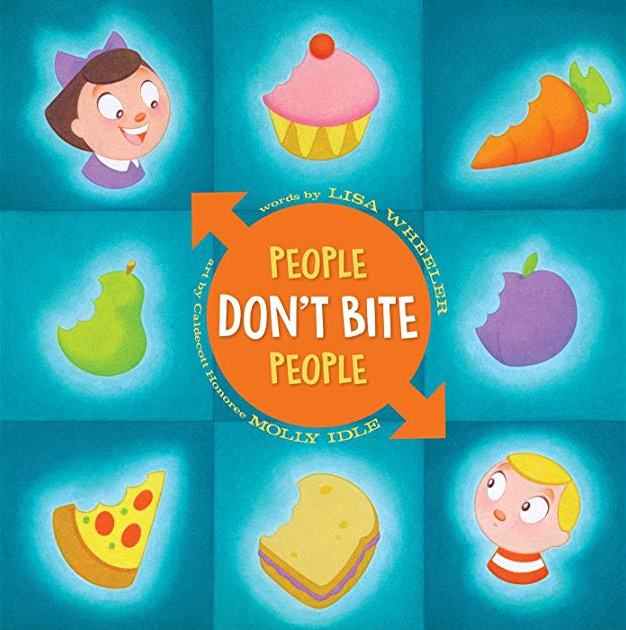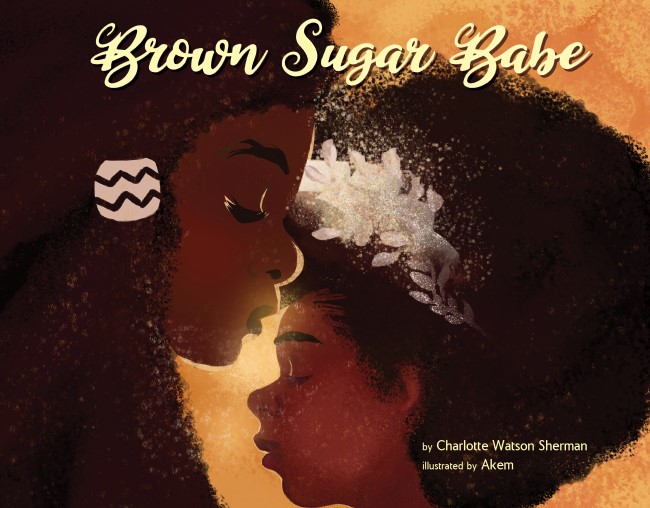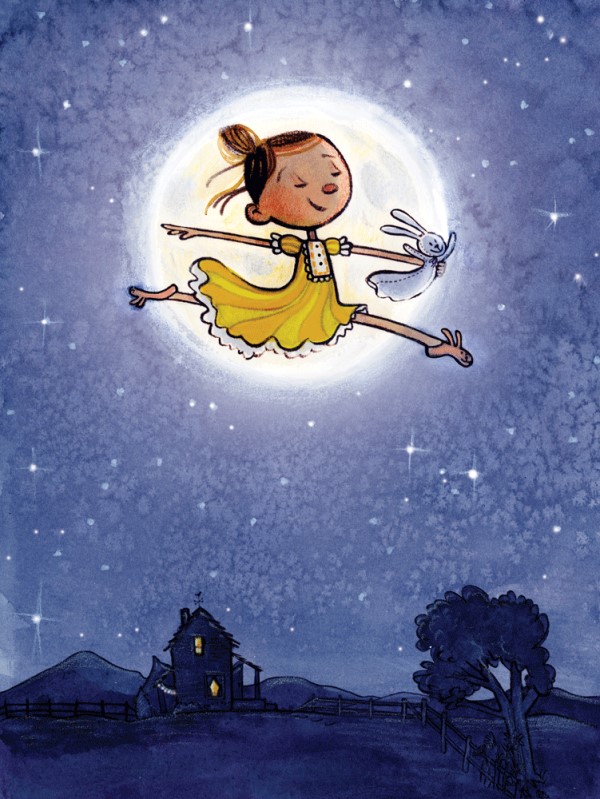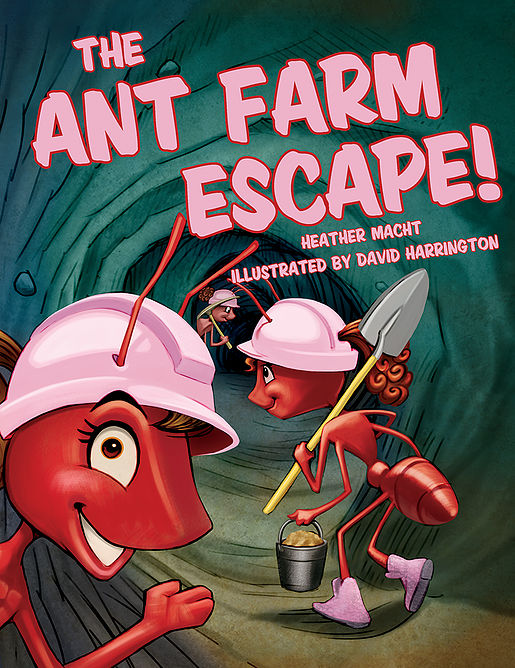What a joy it is to be able to glean experience from successful and prolific author Lisa Wheeler. She grew up near Pittsburgh, PA but has been in Michigan since she was almost 16. Though she has written all her life, Lisa didn’t attempt publication until the age of 32. (See, YOU are in good company!) After nearly 4 years and about 225 rejections, she sold her first book. She credits the support and encouragement of her husband, Glen, for taking those first baby steps and never looking back. Lisa totally loves the world of children’s books and says she “cannot imagine any other life”.
When you buy through my links, I may earn money from my affiliate partners. Learn more.
1. Lisa, thank you for doing this interview. You’re a talented author and have provided advice and critiques to countless writers through the Society of Children’s Books Writers and Illustrators, workshops, and direct author services. What are some common mistakes of first/second/third draft stories you’ve seen when reviewing manuscripts or answering workshop questions?
Since I only critique picture books, here are the three most common problems I come up against in that genre.
Lack of forward movement. Every word in a picture book must be chosen wisely and move the story forward. There is not time to dilly dally. Get to the point.
Too wordy. Picture books keep getting shorter and shorter. Look for places to tighten, use strong verbs, and let the pictures do the talking.
Rhyme issues. If you can’t rhyme–don’t.
2. It’s no secret you LOVE writing children’s books. Would you elaborate on that “ah-ha” moment when you knew writing for children needed to be a serious endeavor?
I have a very supportive husband. In the 1980s, when we had very small children, he bought me a typewriter from a garage sale. But I wasn’t ready yet. Then, in 1993, we became the first people I knew who had a home computer. He bought it “So that you can write your stories down”. It took two more years before I felt like I was ready to gather my rejections.
I knew, deep down, I wanted to write for kids, but I dabbled in adult poetry, magazine essays and even wrote a for a local business magazine. I felt like I was all over the place. I realized that if I wanted to be successful, I needed to pour all my energy into kids’ books. From that point on, I only wrote children’s stories. I got pretty good at it.
3. Becoming published wasn’t just around the river bend for you. Four years after getting serious about writing is a long time! What helped you persevere through those dark days? Were there any moments that were memorably defeating?
Now remember, this was back in the day when you physically printed out and mailed your manuscripts with a self-addressed stamped envelope. I played head games with myself. For instance, whenever I mailed out a manuscript, I would say to it, “See you later.” This was my way of acknowledging that if this manuscript was returned to me, I would happily welcome it. But it only worked in theory. I was, of course, disappointed each time a story showed back up on my doorstep.
I recall coming home from work one day and finding four returned manuscripts in my mailbox. I thought all of the NY publishers got together and decided to boycott me!
It was about this same time that I started a new head-game to defeat my tattered ego. I would read the letters aloud to my teens, making them worse than they really were. For instance, “We’re sorry we have to pass on this manuscript.” became “You suck royally! Please stop sending your crap here.” By the time I finished, I was cracking myself up and in a better mood. Plus, it made me realize that there are worse things than a polite rejection.
Yes, I got discouraged and vowed to quit. But then, a new idea would arrive on my doorstep and I was back at it.
4. A common thread woven between children’s book authors is parenthood. You have three grown children. What role did your children, and possibly your husband, play in your passion for writing kids books?
My inner child is 6. But when I was a kid, I was a worrier and often acted older than my years. People commented that I was like a 40 year-old stuck in a kid’s body.
But with my children, I grew down. I experienced so many things that I never did as a child: Scouting, birthday parties, kid’s movies, and having the freedom to enjoy childhood.
I began reading adult books at the age of 11 and missed out on so many great children’s books. I got to “go back in time” and read along with my kids. We shared so many wonderful books–both picture books and novels–written for kids. I was hooked. I still read mostly books written for children. When I do read books written for adults, they often have a child protagonist.
I feel as if I have been growing down my whole life. It’s wonderful!
5. The advice is often given that, if you want to be a successful author, you must learn how to incorporate writing into your life, rather than letting it disrupt and derail your life. Author Jane Yolen touches on this aspect when describing gathering days and how authors should be using their time when not writing. What is a typical day in your life like on a writing day? What about on a gathering day?
I cannot separate a writing day and a gathering day. Each day can be both. We live out in the country. I wake up to the sound of birds and fall asleep to the chirping of crickets and frogs. Each day is like living in a woodland zoo. I saw a fawn in my front yard last evening while I was weeding the flowerbed. This feeds my writer’s soul.
I take walks. Sometimes this loosens threads in my brain and I solve a writing problem.
I enjoy spin classes at my gym and I listen to audio books during the twenty minute drive there. I have been known to work on both books and speeches during spin class. Once, I even jumped off the bike and grabbed the instructor’s clip board to write something down before I forgot it. It’s all good. They know me there.
Summers are great for putzing in the yard or working on projects on our house. I take time each afternoon to read. I am usually reading two or three books at any given time. It’s important to fertilize my brain with other people’s words and stories.
In colder months, I go to the gym more often to keep active, but I also read more, watch more movies, build jigsaw puzzles, and create things.
The best time for me to write is in the morning. I have always been a morning person and I when I am working on a book, I may crawl out of bed at 5 am while the house is asleep and scurry to my office for uninterrupted writing time.
Life is the best inspiration I have and I never know where my next idea will come from. I always keep myself open to those moments of inspiration.
6. Writing for children is an extra tricky art for many reasons. One of them is that your audience is children but adults are holding all the keys (literary agents, editors, publishers, illustrators, book sellers, book buyers, librarians, school administrators, parents, etc.). Do you look for a balance that appeals to both children and adults or do you focus mostly on the child? If you could bypass all the adults, would you write any differently?
As I mentioned earlier, my inner child is 6. I write for her.
But, of course, much of writing is revision. When I revise, before sending the work out, I’m still entertaining my 6 year old self, but I consider the editor, the readers, and try to leave something for the artist. This isn’t always a conscious thought. I have been writing picture books for so long that it just sort of comes second nature.
If I could bypass all the adults my work would be pretty much the same, except very badly edited. LOL!
7. For someone who loves the smell of books, what do you think about electronic formats? Is the digital format a game changer or simply another medium to compliment overall book exposure?
I think there is room in the world for both formats. While I adore “real” books– I love both feel and smell of the paper– I can see the practicality of having all of one’s books on a digital reader. I really tried to use one but it just wasn’t the same for me.
8. You’ve mentioned having only a single book growing up, Young Years: Best Loves Stories and Poems for Little Children. I have no doubt your house now has many, many more. We know you can’t choose favorites, but tell us a few recent reads that you absolutely love.
This question is always the hardest! I love all the books. But here a few standouts. I figure if I can remember them off the top of my head, they get to be favorites today.
Ida, Always by Caron Levis
Her Right Foot by Dave Eggers,
I Don’t Like Koala by Charles Santoso
Sing a Season Song by Jane Yolen
Meet the Dullards by Sarah Pennypacker
9. Before we get to a forecast of your future, rapid-fire answer the following questions…and don’t tell us why you answered it the way you did!
A. If you could be any animal for a day, what would it be? My dog
B. You’re stranded on an island for a year. A boat passing by finds you and brings you on board. You’re starving. What food item do you hope they have on board? Dark chocolate and coffee
C. What’s the best writing advice you ever got? Be yourself
D. How would you CHOOSE to spend your time if you could not write, edit, or read? Traveling to new and interesting places
E. Who is one person you admire in the publishing world? Richard Jackson
F. Your husband would say you do too much WHAT? Worrying
10. What can we expect to see happen in your writing career over the next 1-2 years? How about the next 5?
September 1st, Dino-Christmas with Carolrhoda Books will be released. The next four books in the ever popular Dino-Sport series, will have the dinosaurs celebrating Holidays. They will be trick-or-treating in 2019 with the release of Dino-Halloween followed by 2020s, Dino-Thanksgiving. We are still tinkering with the 2021 title.
On Dec. 11, 2018, my second book with Abrams Appleseed is released. it is called A Hug is for Holding Me and is illustrated by Lisk Feng.
Chris van Dusen and I will be following our little monster’s escapades in 2019 with the release of Even Monsters Go to School published by Balzer and Bray (HarperCollins). I just saw the art for this one and it is fabulous!
Also, I am excited to continue my working relationship with Molly Idle for our a follow-up to People Don’t Bite People. This one is People Share With People and will be released, I think, in 2019.
I cannot look any further ahead than that!
Lisa, thank you for sharing your journey with us! We wish you every success in your continued career in the book industry which we all know will continue to be impressive and entertaining. You can follow Lisa on her Facebook Page @lisawheelershildrensbooks and Twitter account @lisawheelerbook.



